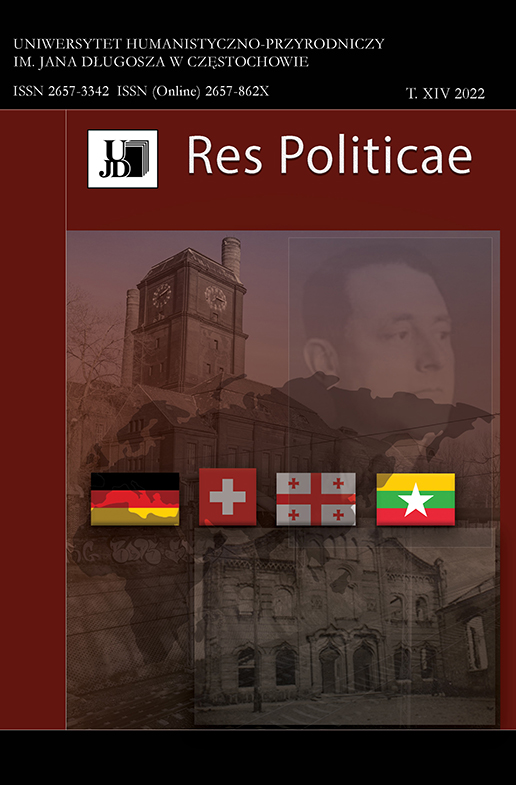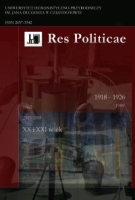Synagogi w płomieniach. Kres polskiej architektury synagogalnej w latach 1939–1941 w ikonografii niemieckich żołnierzy
Słowa kluczowe:
synagogi, architektura synagogalna, II wojna światowa, Żydzi polscyAbstrakt
Wybuch II wojny światowej zapoczątkował tragiczny okres w historii, który zdeterminował losy polskich Żydów. Od pierwszych dni terror niemiecki został zapamiętany nie tylko jako preludium do Holokaustu, ale także jako początek końca architektury synagogalnej w Polsce. Przedstawiona w artykule ikonografia zwraca uwagę na płonące synagogi, a zarazem koniec świata, który bezsprzecznie wpisywał się w kulturę, sztukę i tożsamość Polski przed 1939 rokiem. W krajobrazie Polski kształtował on rodzaj indywidualności, która w słowniku III Rzeszy postrzegana była jako: „kultura i architektura żydowska” („Judische Kultur und Architektur”), „typy żydowskie” („Judische Typen”), „podludzie” („Untermenschen”). To jest słownik niemieckiego żołnierza, który okupował Polskę od września 1939 roku. I choć niektórzy z nich poznali ten świat już w czasie I wojny światowej, to głównie młody rekrut, urodzony w latach 1920–1922, dostrzegł go w obcy sposób, bezprecedensowy dla niego. Przekonani o misji poszerzenia swojej przestrzeni życiowej (Lebensraum), a tym samym o prawie do panowania nad Polską i Europą Wschodnią, młodzi Niemcy jednocześnie tworzyli wyobrażenie polskich Żydów. Zasadniczą część artykułu stanowią dokumenty ikonograficzne wizualizujące nieme źródła historyczne oraz opracowania tematu powstałe po 1945 roku. Obejmują one lata 1939–1941 i przedstawiają proces niszczenia polskiej architektury synagogalnej. Są to lata znaczące, bo właśnie w tym okresie zniszczeniu uległo najwięcej synagog wybudowanych w Polsce przed 1939 rokiem.




